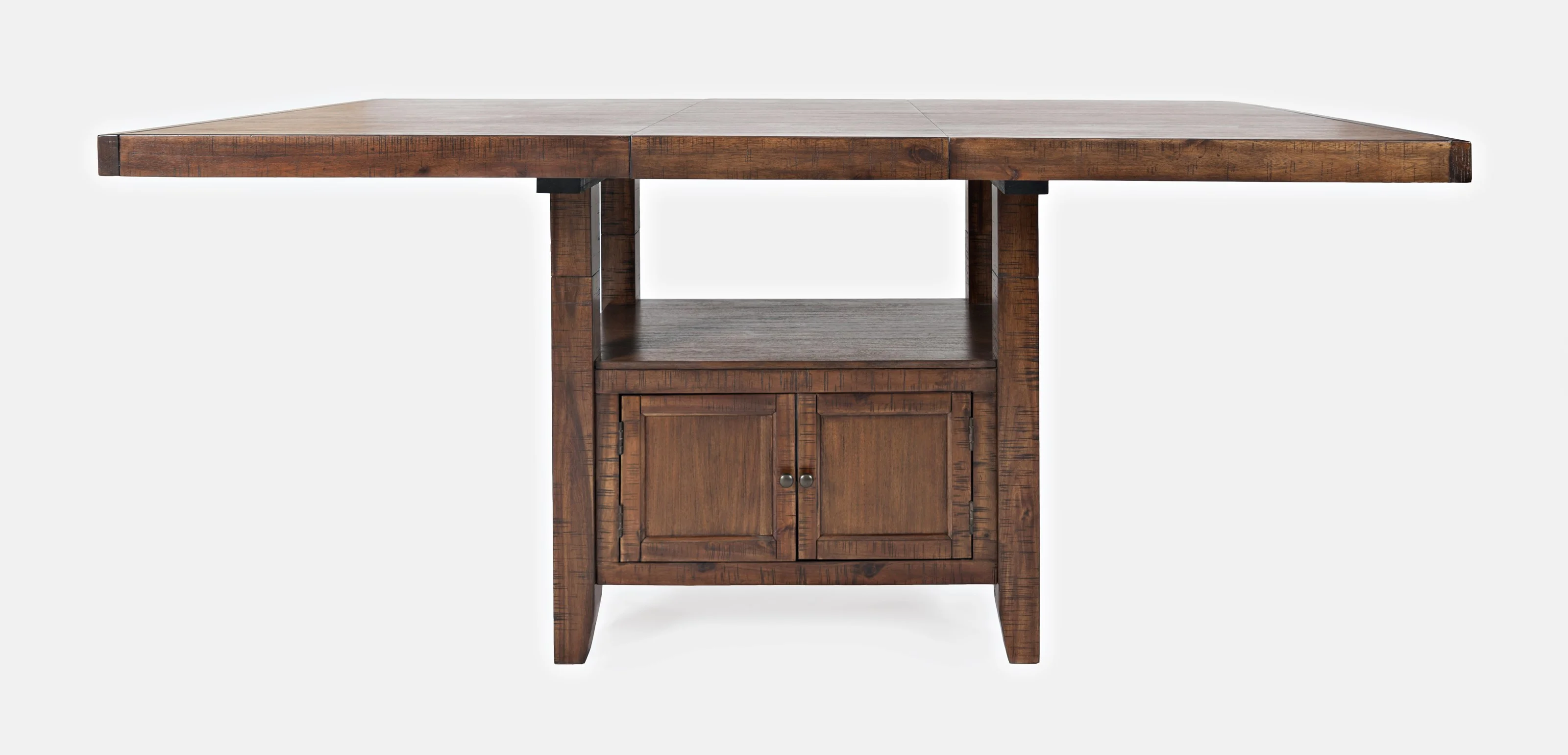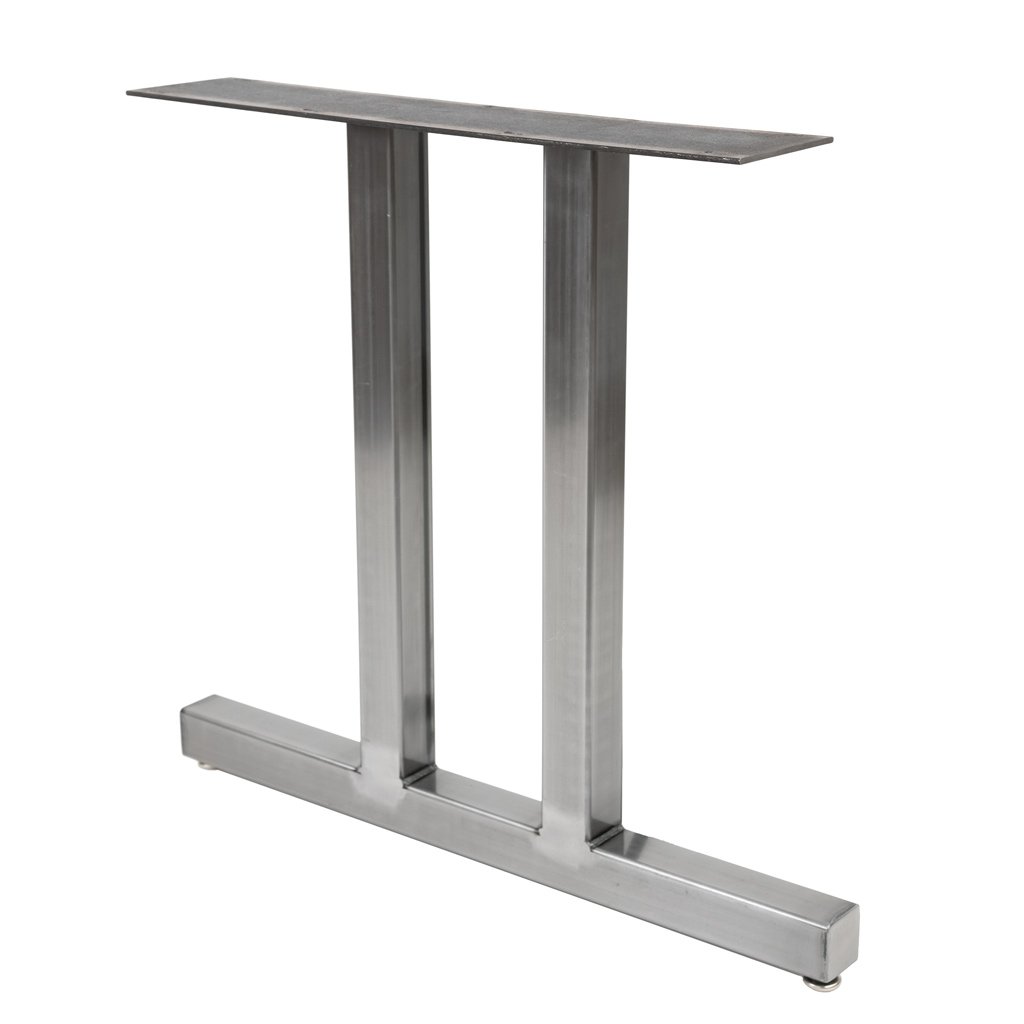Specialist Tips for Installing Dining-room Table Legs for Maximum Stability
When it comes to mounting dining area table legs, attaining optimum security is critical for both capability and visual appeals. What certain methods can boost security even additionally?
Pick the Right Legs
When picking the suitable legs for your dining space table, it is vital to think about both capability and aesthetics. The legs you choose will substantially influence the total design and stability of the table. Examine the table's planned usage; if you anticipate regular events, stronger legs, such as those made from solid wood or metal, may be more suitable, as they offer increased resilience and support.
Basic dining tables commonly range from 28 to 30 inches in elevation, so make certain the legs straighten with this requirement for convenience. Tapered legs can add a modern touch, while turned legs could communicate a more timeless aesthetic.

Select Appropriate Equipment
Exactly how can the best equipment enhance the security and long life of your dining-room table? The selection of appropriate hardware is crucial to guaranteeing that the legs of your table are firmly connected and able to hold up against routine usage. High-quality screws, bolts, and braces provide the required stamina to sustain the weight of the table, as well as any additional tons put upon it throughout dishes or gatherings.
When choosing screws, choose for those made from long lasting products such as stainless-steel or brass, which stand up to corrosion and maintain integrity in time. The length of the screws is similarly crucial; they should penetrate deeply into the table's structure without compromising integrity. For bolted connections, consider using lock washers to stop loosening up due to resonance or movement.
In addition, making use of edge brackets can add added assistance, particularly for larger tables or those with larger tops. These braces distribute weight evenly and aid preserve the table's shape. Ensuring that the equipment you choose is appropriate for the specific products of your table will further boost its general stability and long life, enabling you to enjoy your eating experience for many years ahead.
Ensure Appropriate Alignment
Proper placement of dining space table legs is crucial for both visual charm and useful stability. To achieve optimum alignment, start by gauging the distance from the table's corners to the leg accessory factors.
Utilize a level throughout installment to verify that each leg is perpendicular to the table top. This action is essential, as also small discrepancies can intensify right into substantial security issues in time. It is suggested to note the desired leg settings on the bottom of the table with a pencil or covering up tape prior to safeguarding them. This practice serves as a visual guide, permitting changes as required.
In addition, ascertain the alignment after the initial screws are tightened, as changes might be essential prior to totally securing the equipment. By focusing on correct alignment, you not only enhance the table's overall layout yet additionally make certain that it continues to be stable and useful for several years pop over to this web-site to find.

Consider Weight Circulation
After making certain appropriate alignment of the eating space table legs, it is essential to consider weight circulation to improve security and performance. dining room table legs. Correct weight circulation is vital in avoiding guaranteeing and tottering that the table can support its desired tons without threat of tipping or collapsing
When placing the legs, ensure they are put at equal ranges from the facility of the table to equally distribute the weight throughout the structure. Take into consideration the weight of the tabletop and any kind of things that will frequently rest on it, such as tabletop devices or ornamental pieces. Tables with larger surfaces must preferably have legs located closer to the corners, as this makes best use of the base of support and lessens the risk of instability.
Additionally, if the table is intended for use in a high-traffic location, consider using larger materials for the legs or adding maintaining components, such as cross-bracing or a lower shelf - dining room table legs. These changes can help preserve equilibrium and prevent moving throughout use. Eventually, a well-considered weight circulation technique will substantially boost the table's total performance, guaranteeing it continues to be a appealing and useful focal point for your eating space
Examination Stability Prior To Usage
Examining the stability of the dining-room table before use is a vital action that needs to not be neglected. Making sure that the table is secure and stable can avoid mishaps and pop over here extend the life expectancy of the furniture. Begin by applying gentle stress to numerous factors on the table surface area. Lower on Recommended Reading the center and afterwards along the edges, observing any type of wobbling or shifting. Recognize the legs or joints that may call for change. if the table shows instability.
Following, inspect that all bolts and screws are tightened correctly. Loosened links can result in instability and potential damages gradually. If required, use timber glue on joints to boost security, guaranteeing to allow appropriate drying time.

Verdict
In conclusion, the setup of eating room table legs requires mindful factor to consider of materials, equipment, weight, and alignment distribution to attain optimum stability. By choosing top notch bolts and sturdy legs, ensuring specific placement, and dispersing weight equally, the architectural integrity of the table can be substantially boosted. Carrying out a stability test before normal use better makes sure that the table will certainly stand up to everyday stress, therefore offering a trustworthy and safe eating experience.
When it comes to installing dining area table legs, achieving maximum security is extremely important for both performance and aesthetic appeals. The legs you pick will substantially influence the general style and security of the table (dining room table legs). Conventional eating tables typically range from 28 to 30 inches in elevation, so ensure the legs align with this criterion for comfort.Proper positioning of eating room table legs is crucial for both visual charm and practical security.In conclusion, the setup of eating room table legs needs careful consideration of materials, alignment, weight, and equipment distribution to attain maximum stability
 Amanda Bynes Then & Now!
Amanda Bynes Then & Now! Freddie Prinze Jr. Then & Now!
Freddie Prinze Jr. Then & Now! Pauley Perrette Then & Now!
Pauley Perrette Then & Now! Melissa Sue Anderson Then & Now!
Melissa Sue Anderson Then & Now! Jaclyn Smith Then & Now!
Jaclyn Smith Then & Now!